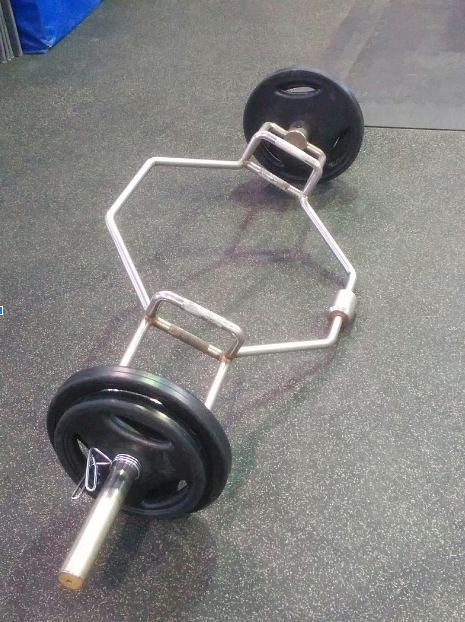Many people take to powerlifting for its benefits in strength training and building muscle mass. But what they may be missing are the dangers associated with the sport.
Powerlifting is an intense and explosive form of strength training targeting certain muscle groups usually through 3 exercises: bench presses, back squats and deadlifts.
Powerlifting can quickly develop strength by increased muscle mass, but all versions of the sport have their consequences. Serious injuries such as muscle tears, joint dislocations and broken bones can arise from using too much weight. Oftentimes, injuries come from not being able to control the massive weights being used in an exercise.
Although weight is typically the main cause of injury, training too often is just as much of a factor. The Pleasant Valley lifting coaches made a big change within the dynamic of lifting. Originally, the schedule was different for in-season athletes, only being twice a week and three times a week for students outside of in-season sports. Additionally, in hopes of creating more productivity the start time changed from 6:30 to 7 AM. Furthermore, every student in lifting regardless of sport season will change their schedule weekly. Many student athletes feel negatively about this change, “I feel lifting should only be twice a week for those in sports, they are already having practice and games and need breaks,” says senior Molly Albecht. Working out too often or skipping rest days can end up causing diminished muscle mass, muscle strains, joint pain and fatigue.
Powerlifting not only causes short term problems but also affects the body’s long term health. Repetition of these exercises over years can lead to pain in the muscles and discs in the back, especially without the use of proper form and techniques. These problems may also occur if one does not wear appropriate gear. It’s recommended to wear a weightlifting back brace during squats, deadlifts and additional exercises.
With all these risks there must be something to remedy the problem. Dr. David Braunreiter, a sports medicine specialist at Houston Methodist, advises some tips to use when working out.
His first tip is to check any ego at the door. Braunreiter warns that one of the biggest issues in powerlifting is peer pressure; it is very common for powerlifters to take on more weight than their body can handle because their peers push them to do so. Hopes of trying to impress one’s peers can end in overuse injuries. Senior Alex Lokenvitz has experienced this pressure. “The lifting environment at PV can be very competitive and the peer pressure could lead to injuries,” he says. PV lifting holds days of ‘max outs’ where every student tries to set a personal record in various exercises. These set days become the talk of the school and often leads to competition among peers. In some cases injuries are a result of intense peer pressure to do more weight than the body can handle.
Additionally, it is important to master proper form. An exercise can do more harm than good if not performed properly. Senior Ava Crowley pointed out the importance of having knowledgeable lifting coaches, “I feel they are good for supporting and pushing you to do your best, although everyone has their differing opinions on what is the correct form.” PV lifting offers well informed coaches who make sure students are optimizing every workout to the fullest.
Lastly but most importantly, add some variety to workout regimens. No matter a person’s goal, having variety is crucial to becoming a better weightlifter. PV lifting offers pre-made workouts including a variety of exercises. Students can also take these workouts to the gym when working out alone to guarantee well rounded exercises. Another benefit of using variety is that it helps students challenge their muscles in a different way. Training the same muscles too often can lead to stress fractures and other injuries.
Powerlifting is a dangerous sport with many possible downsides, but can become safer if PV’s lifting resources are used by students.










Andrew leonard • Feb 25, 2024 at 5:08 pm
I agree power lifting can cause problems if not done correctly. Peer pressure is big in the weight room. Knowing your limits and not letting that pressure get to you is a good way to not get injured. Don ´t be afraid of listening to your own body.
Kyle • Feb 23, 2024 at 6:23 am
As someone who started powerlifting while in highschool and now have 20+ years invested in the gym and in strength sports I agree with most of this article. Yes, powerlifting can be dangerous, but so are most sports.
Some of the authors facts are a bit misleading. One major farce is the necessity of a “back brace” for all of the 3 compound lifts. A weightlifting belt is not a back brace. It has nothing to do with supporting the back, but an apparatus to brace against to increase intra abdominal pressure that increases stability of the core.
The key thing is that schools need better strength coaches to teach and secure programs that teach proper techniques and the basics of bracing, diaphragm breathing, and body mechanics.